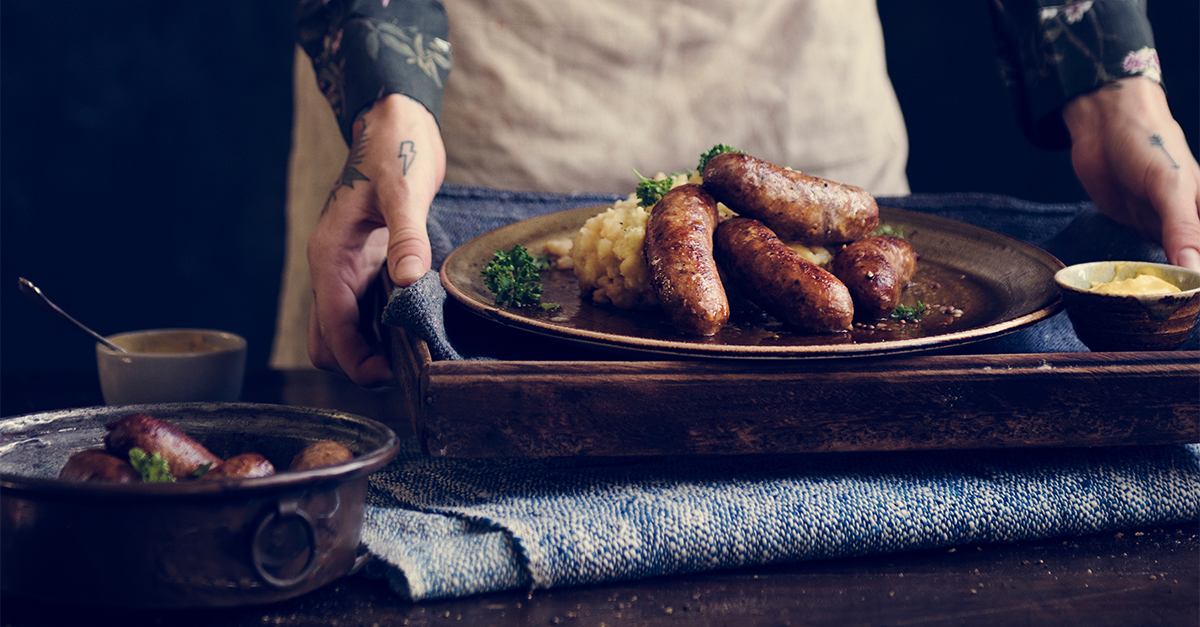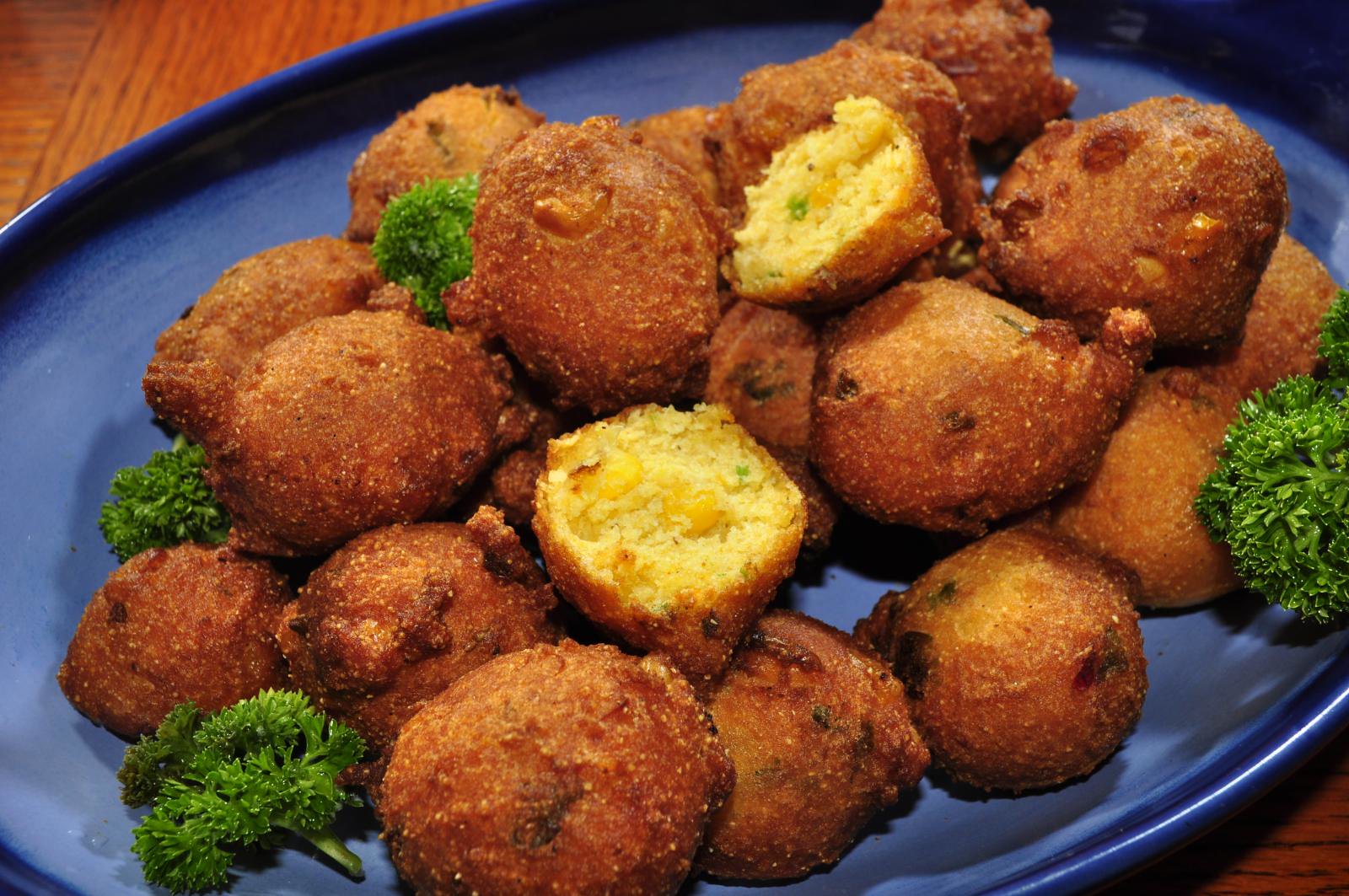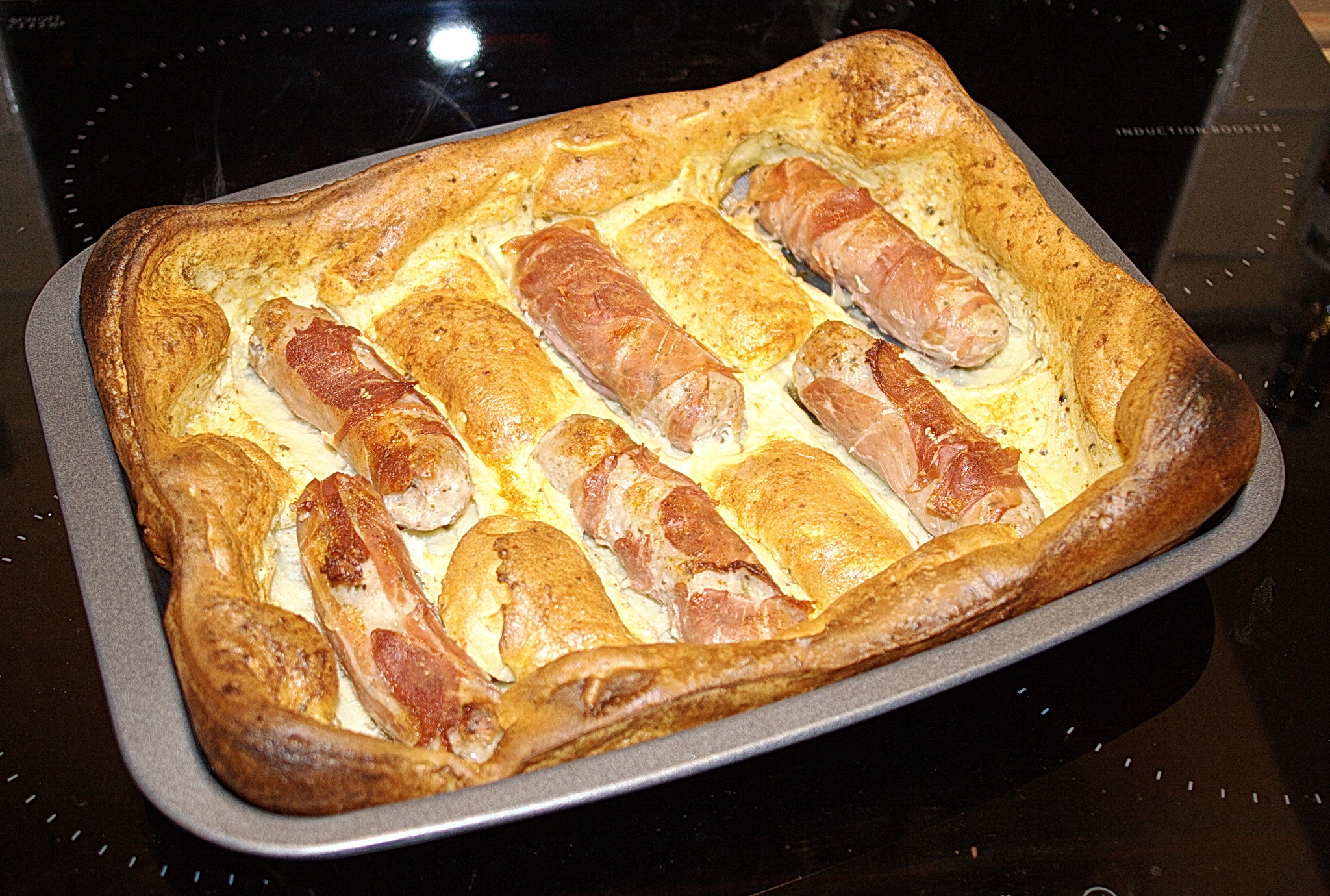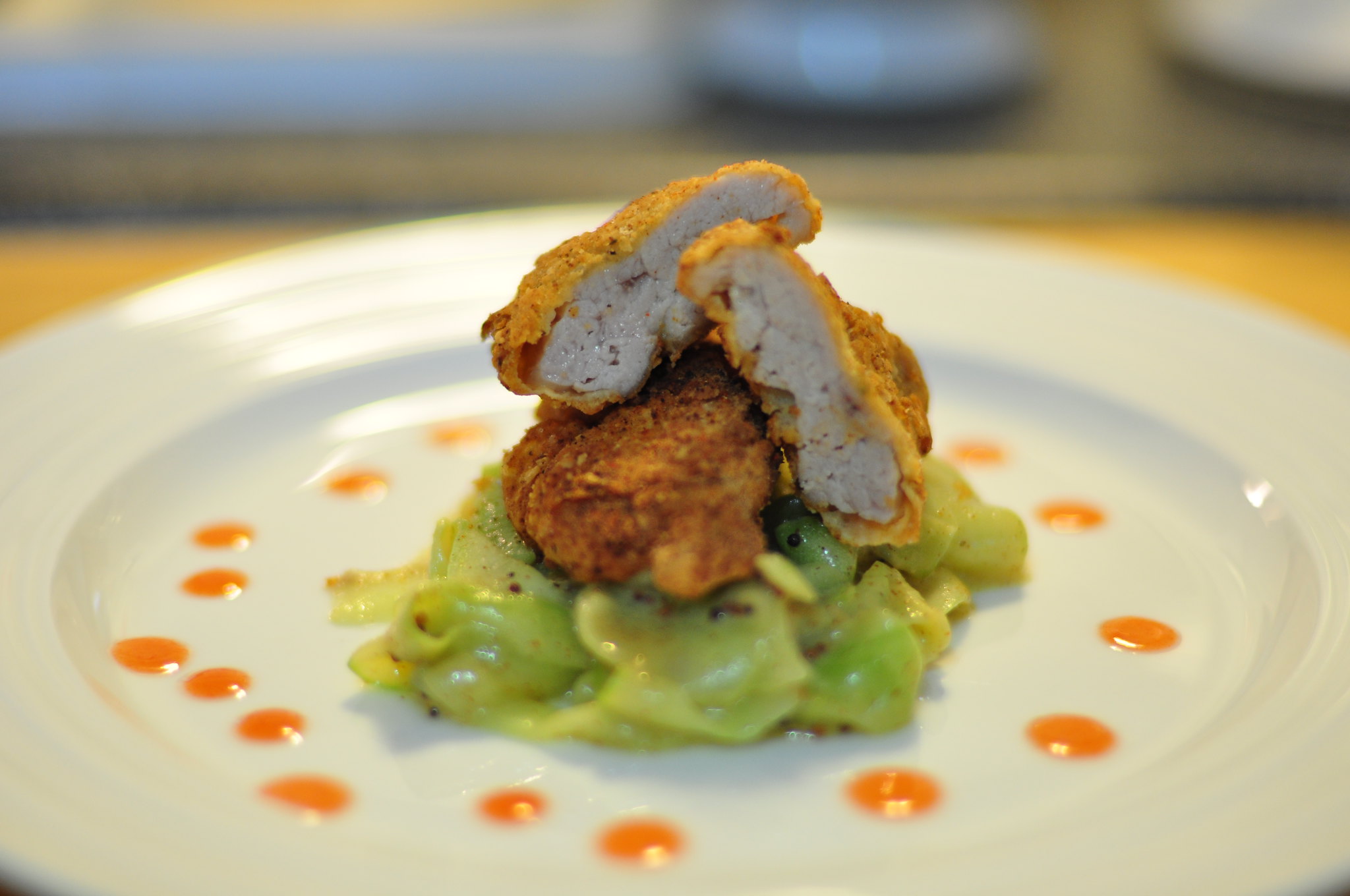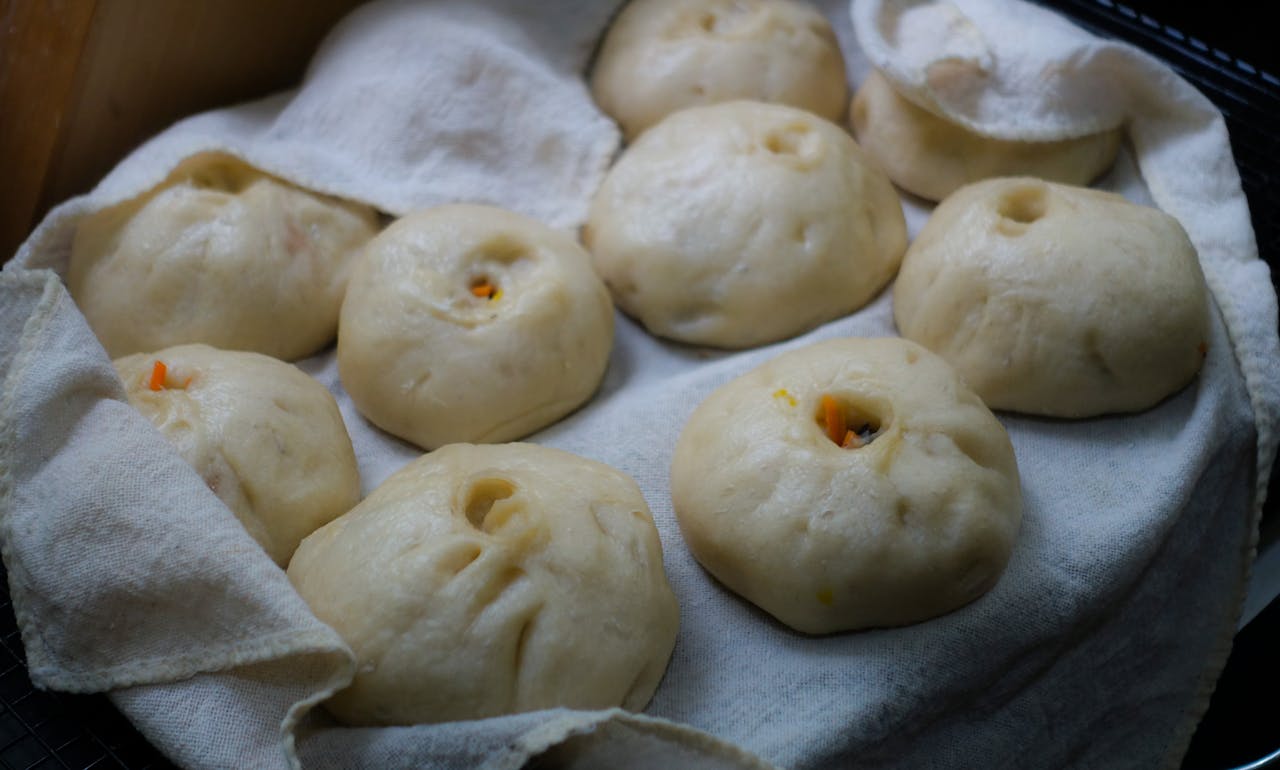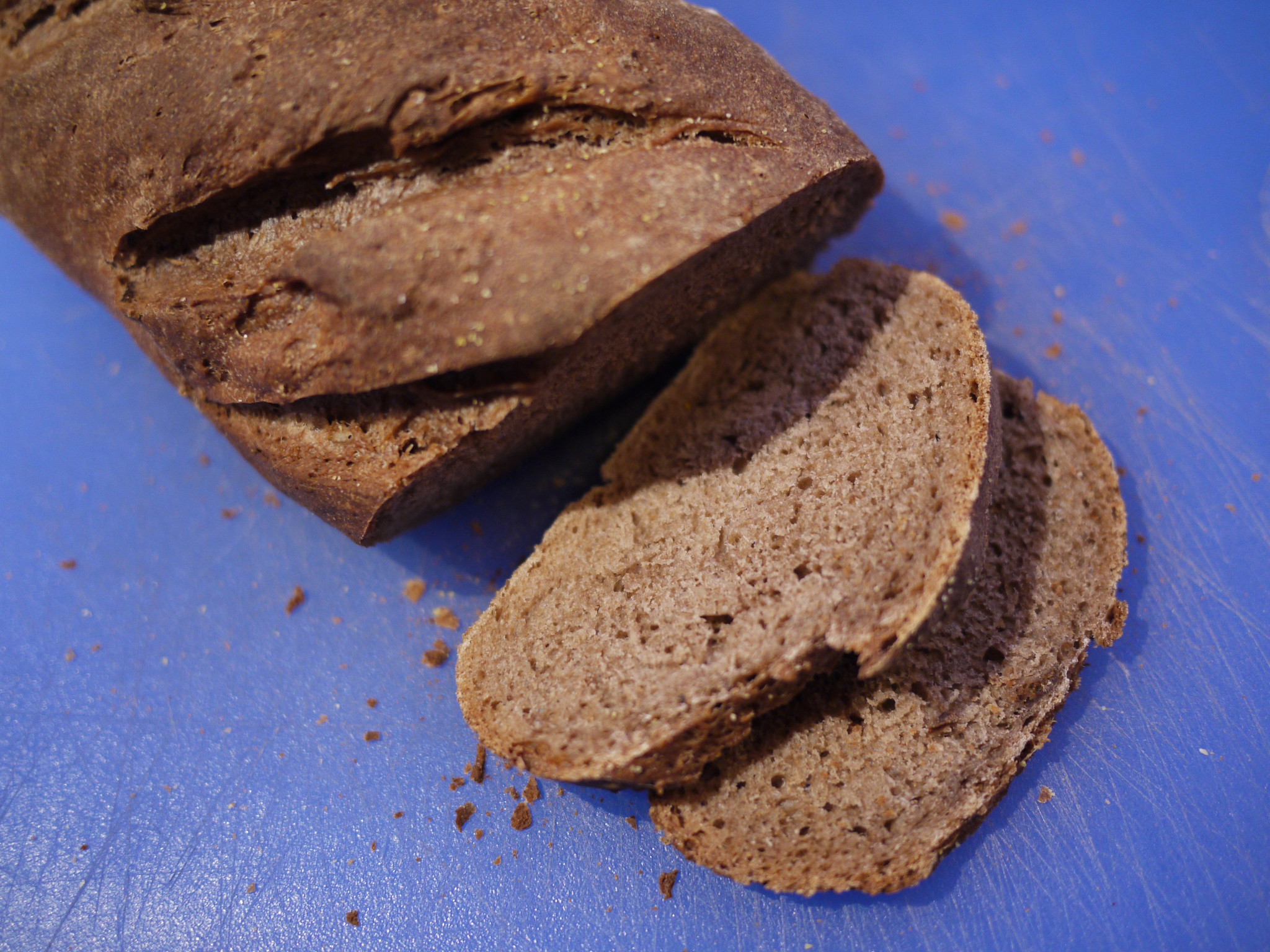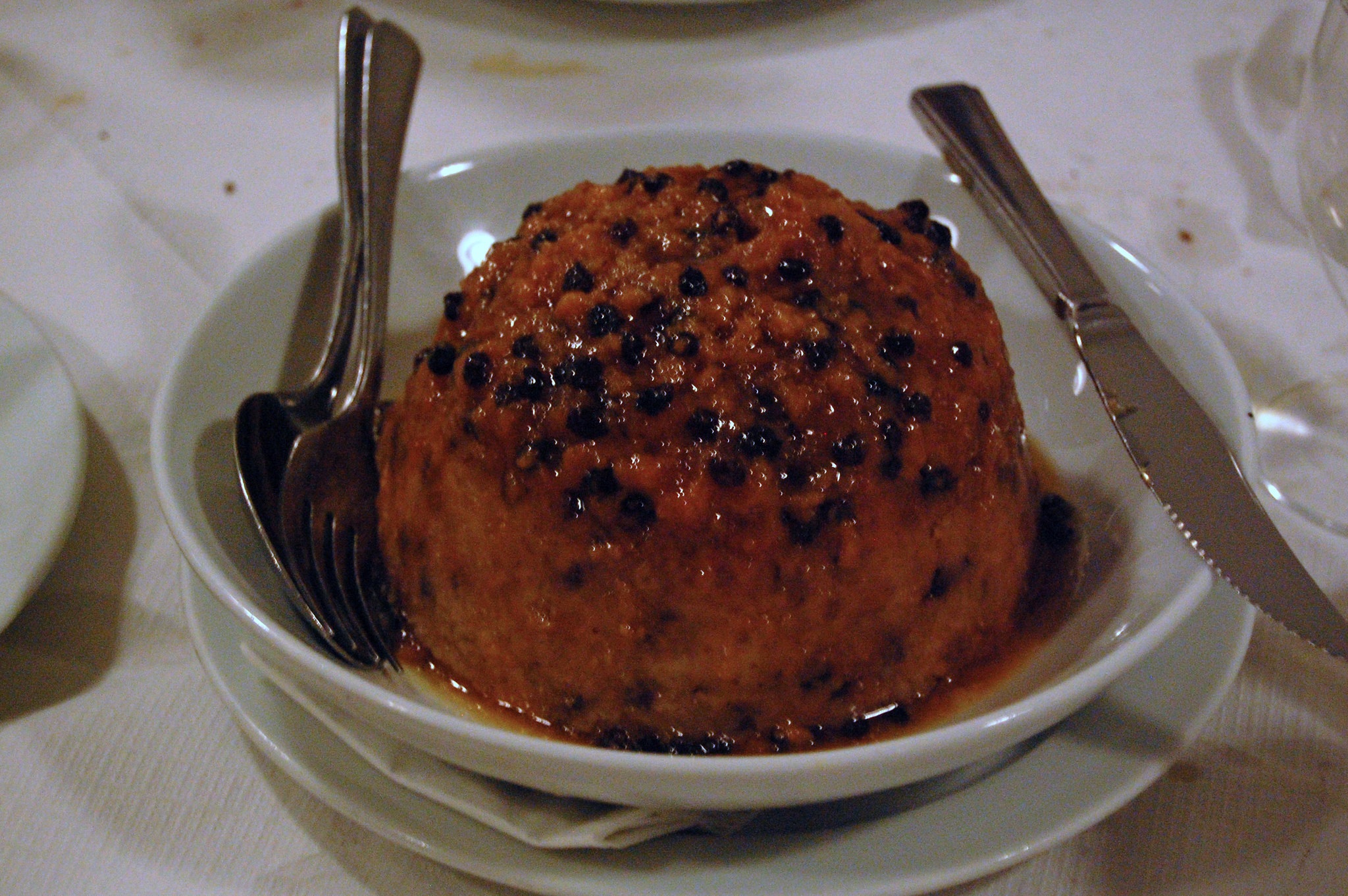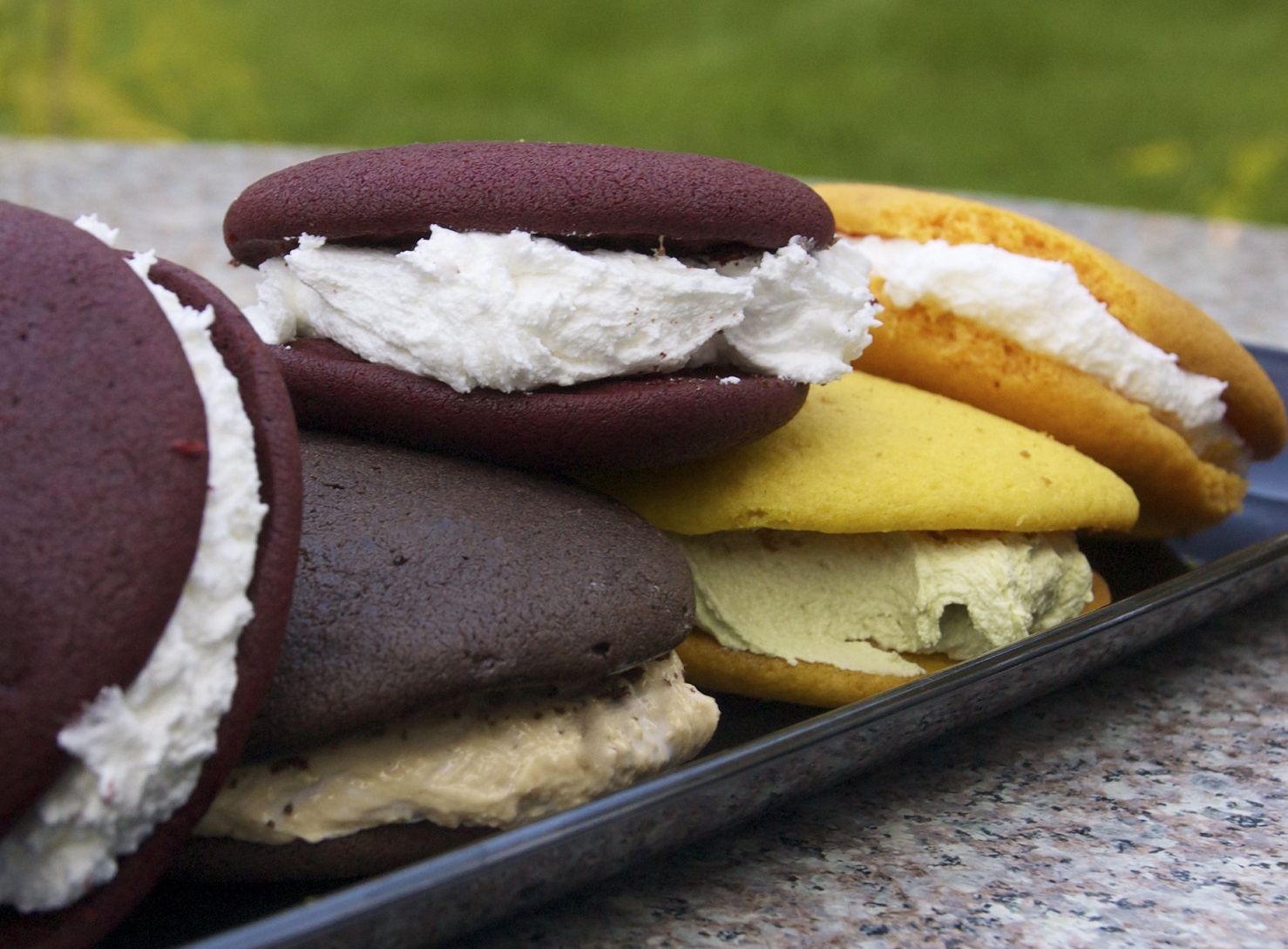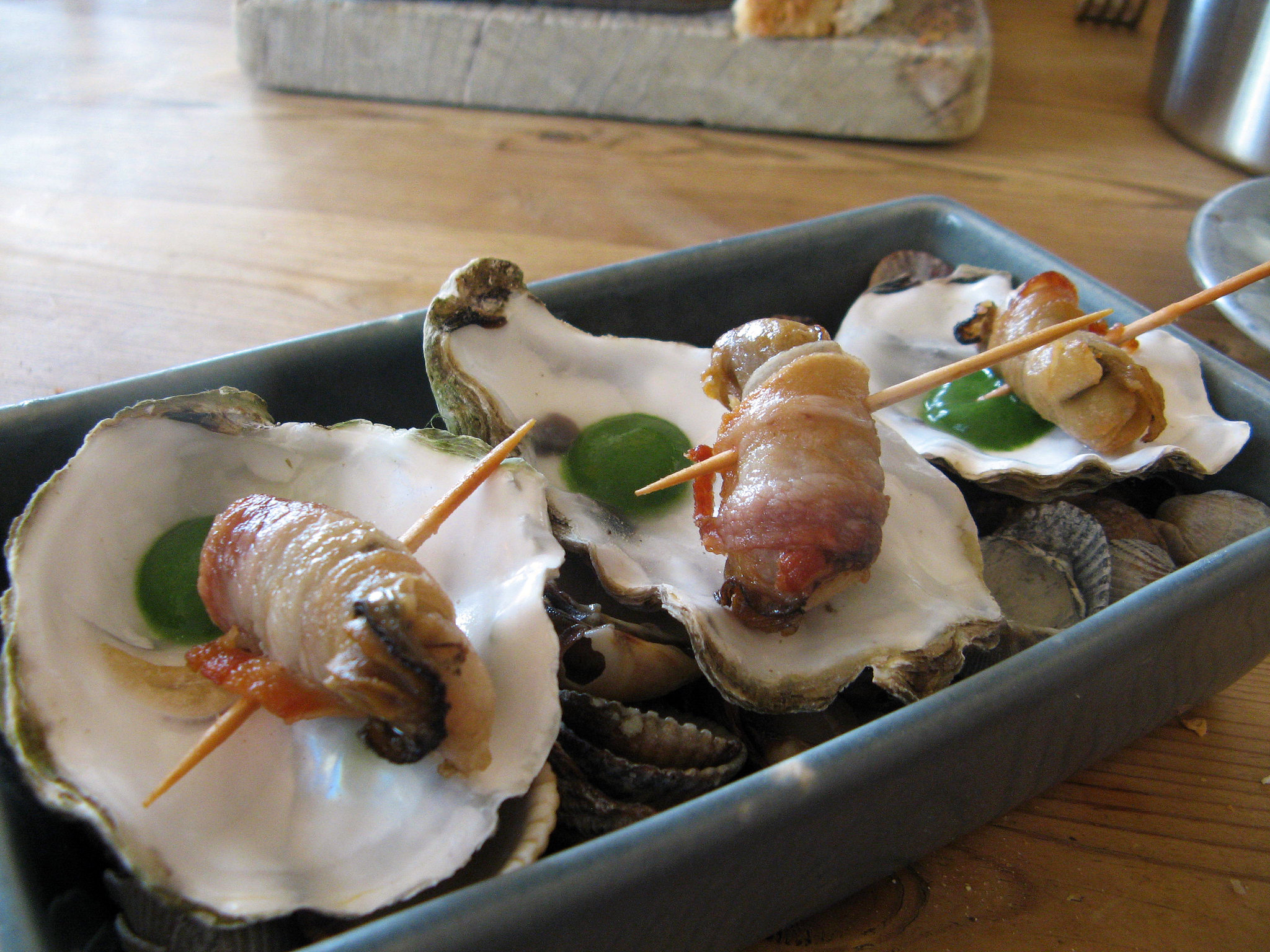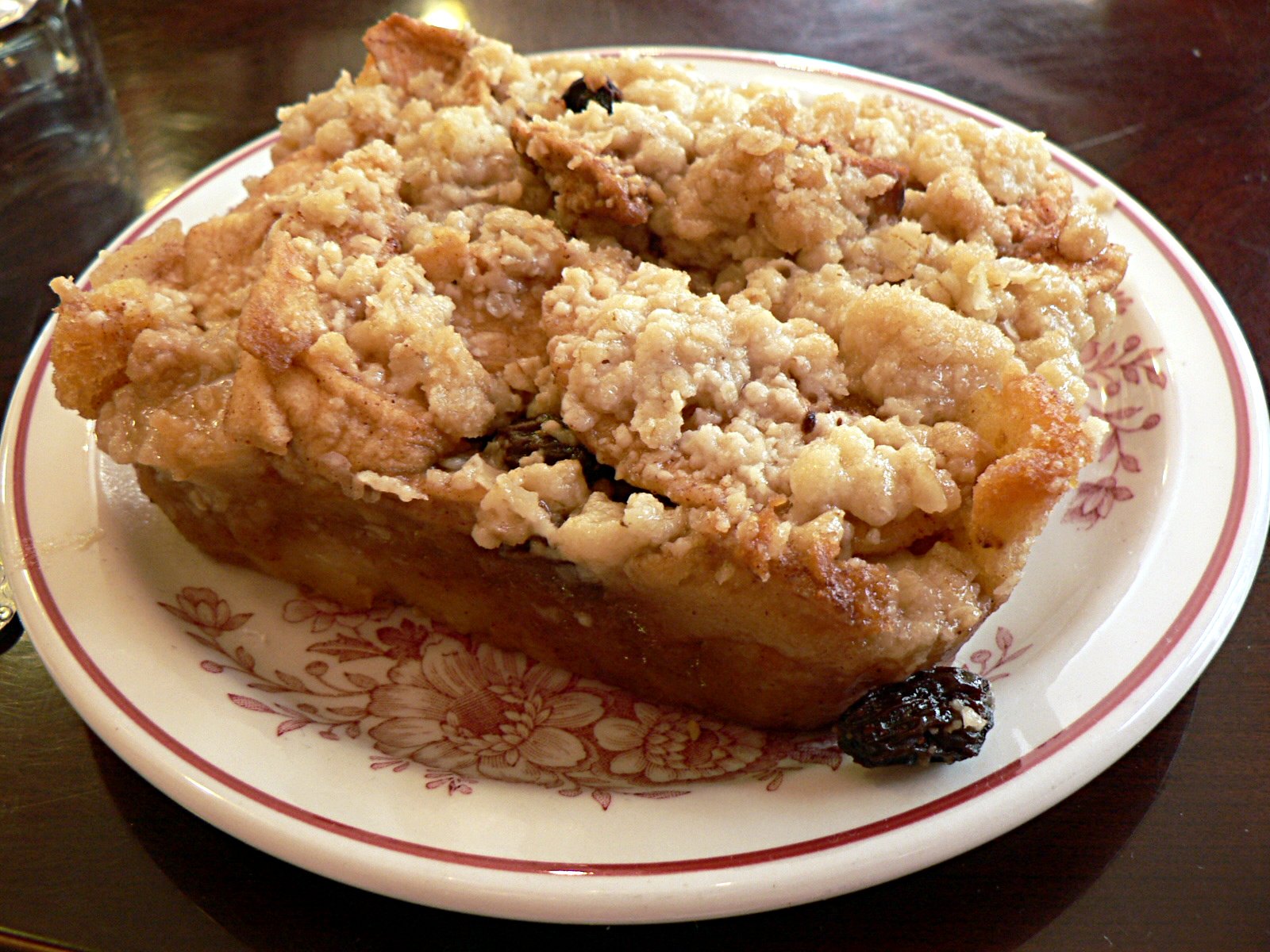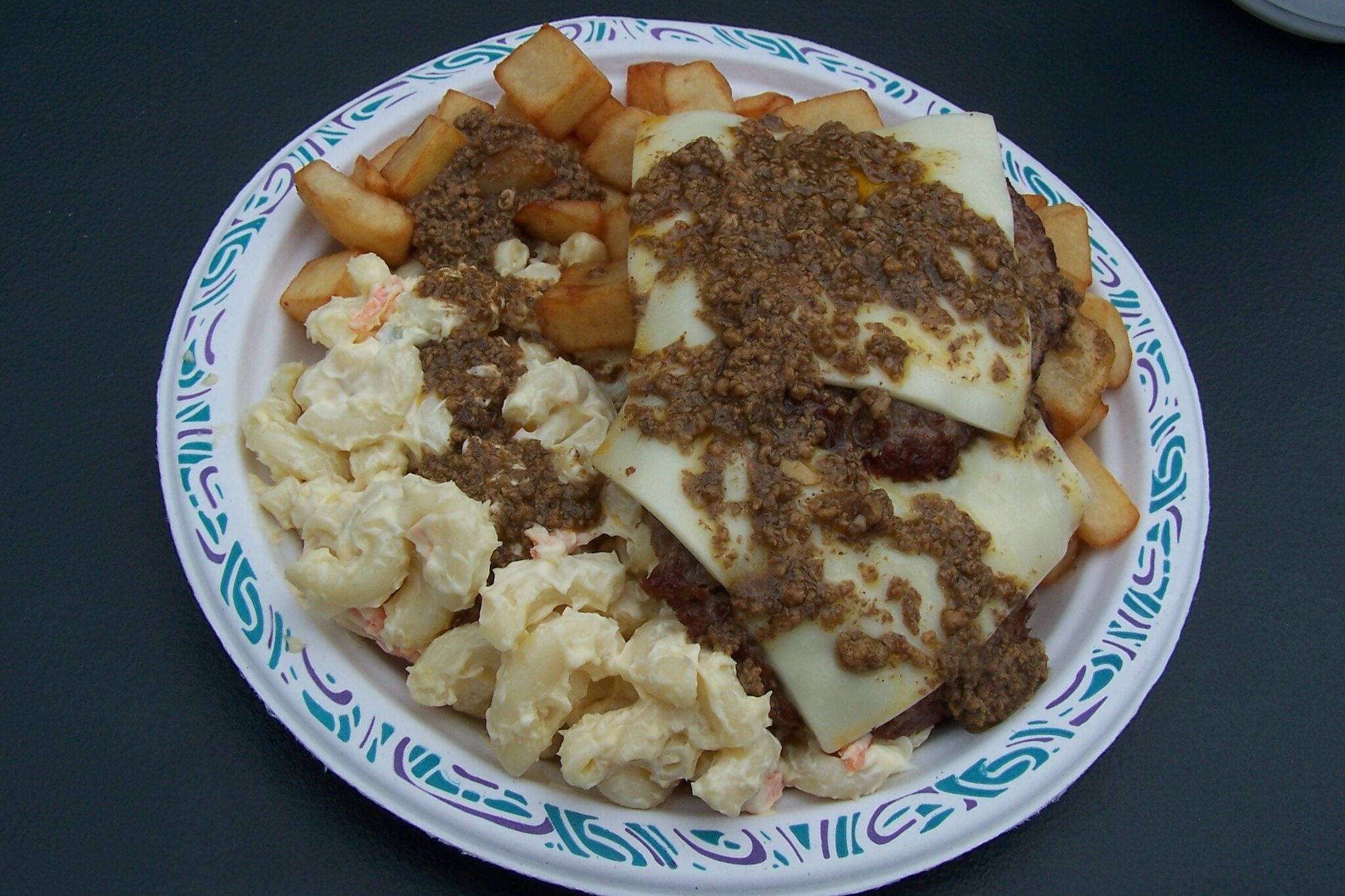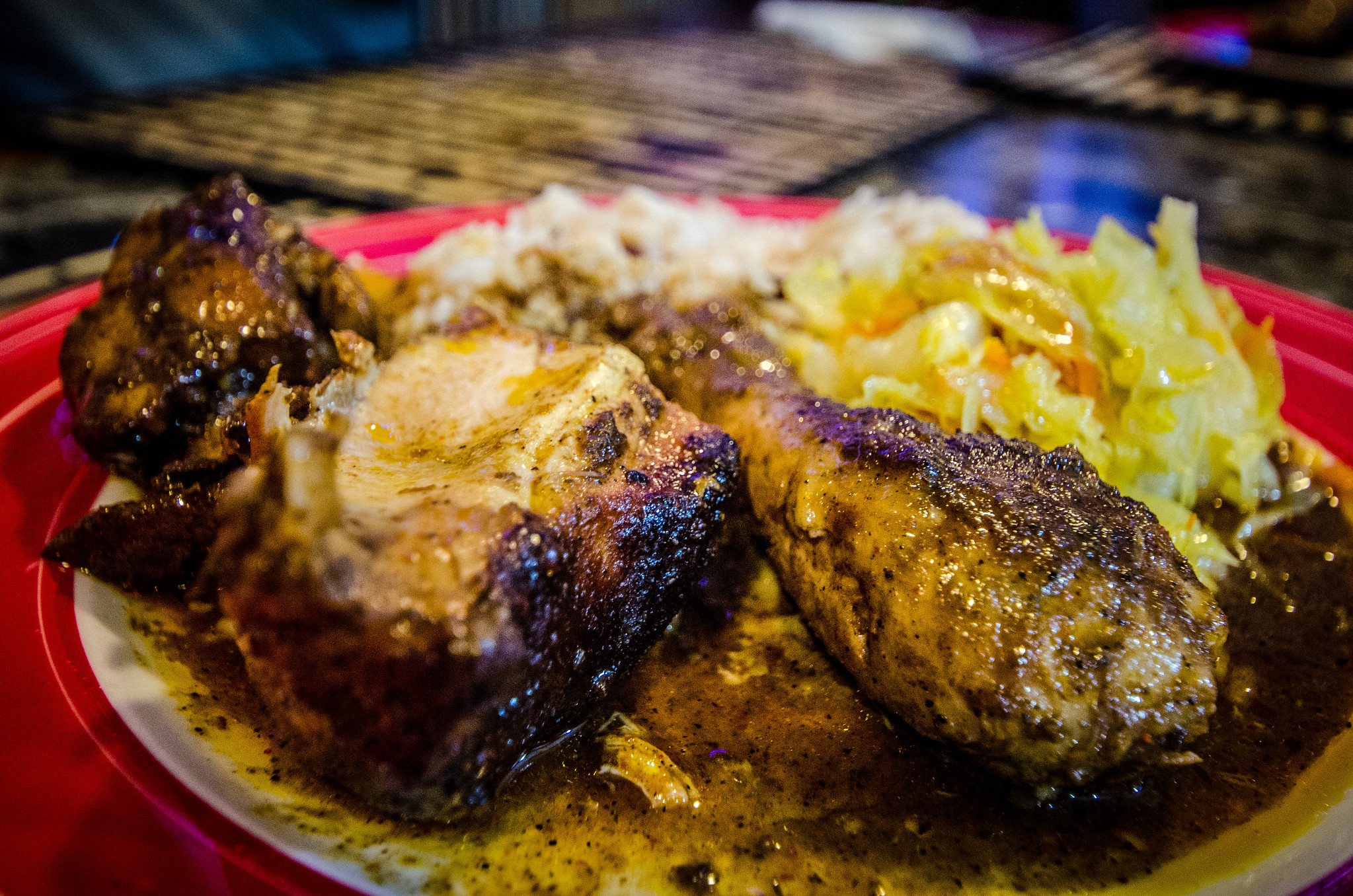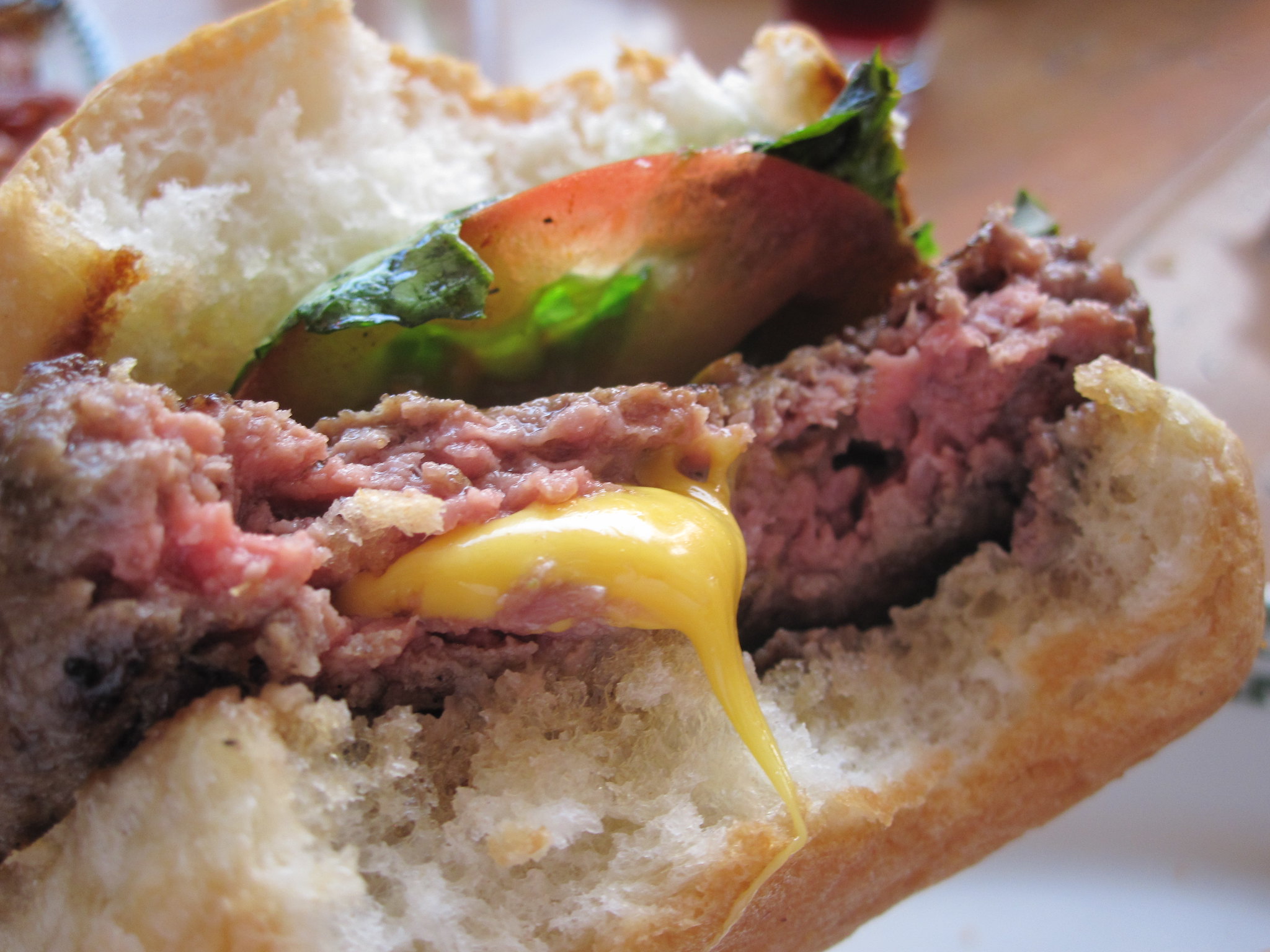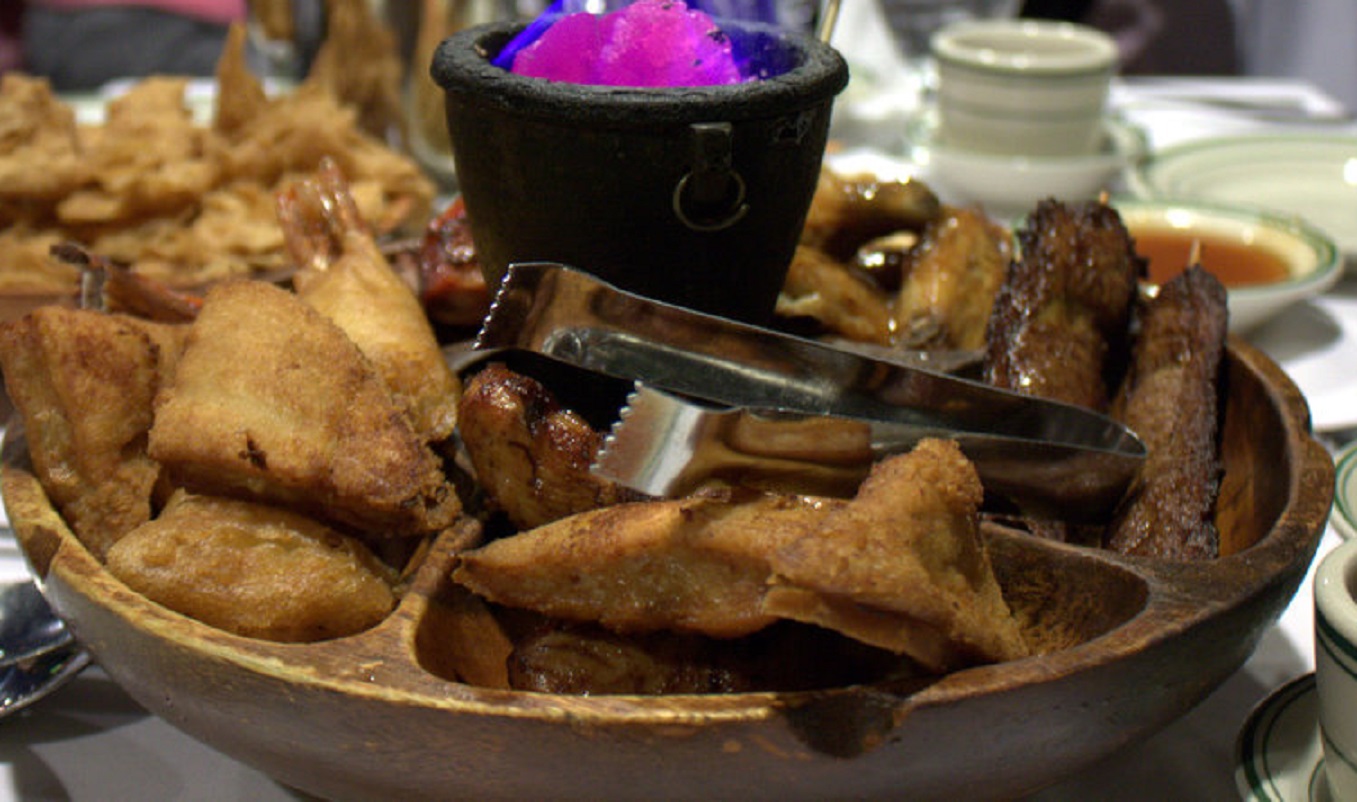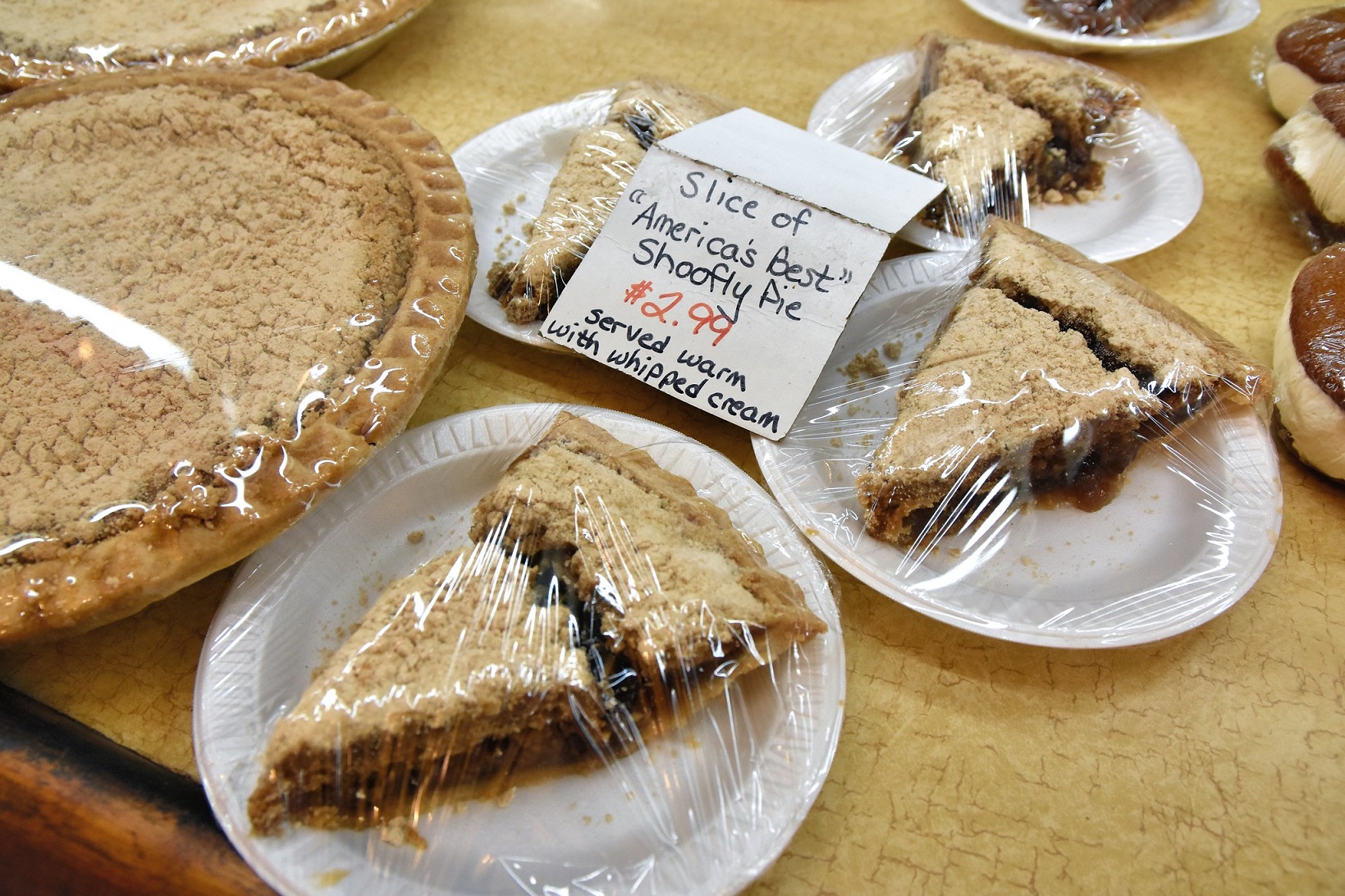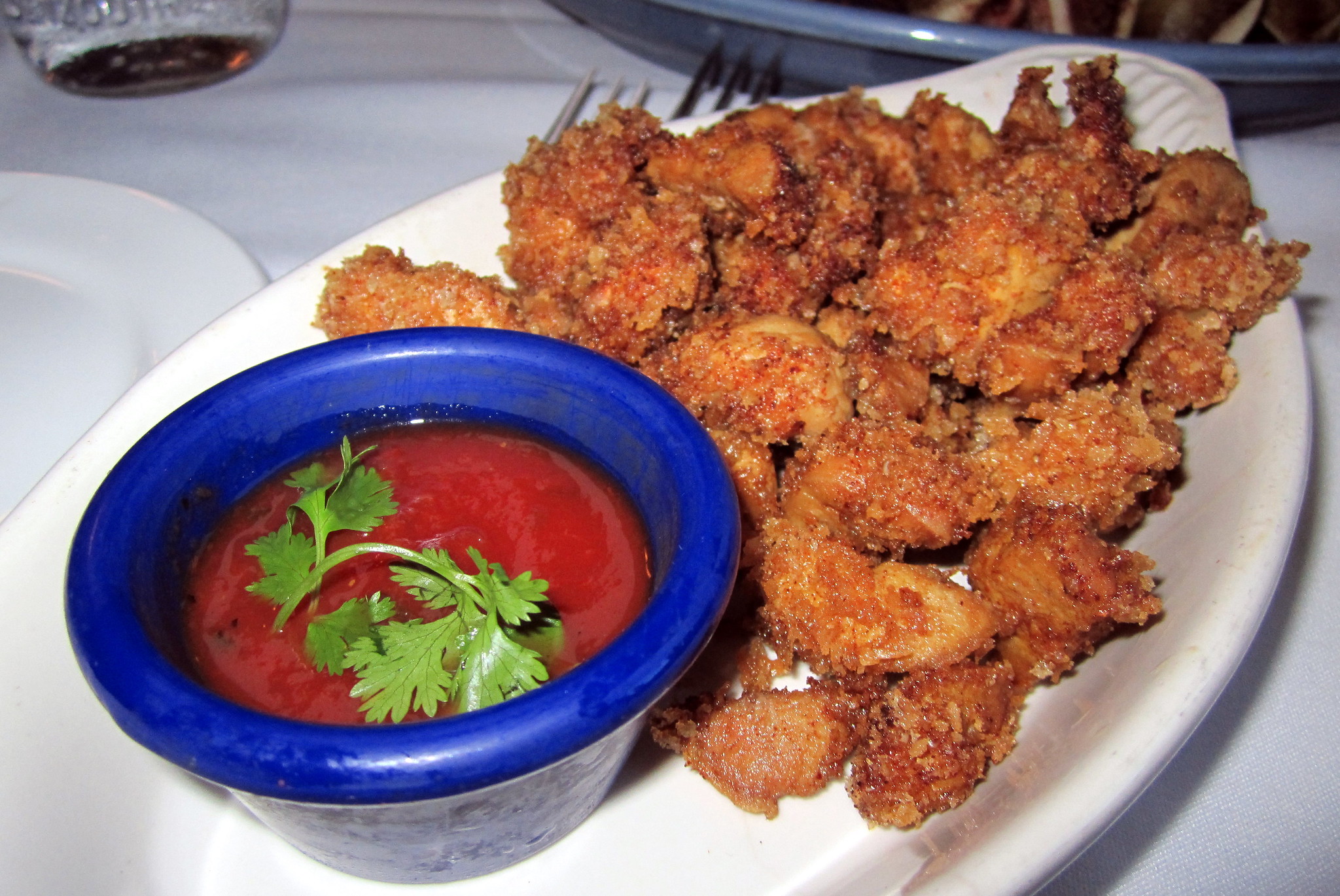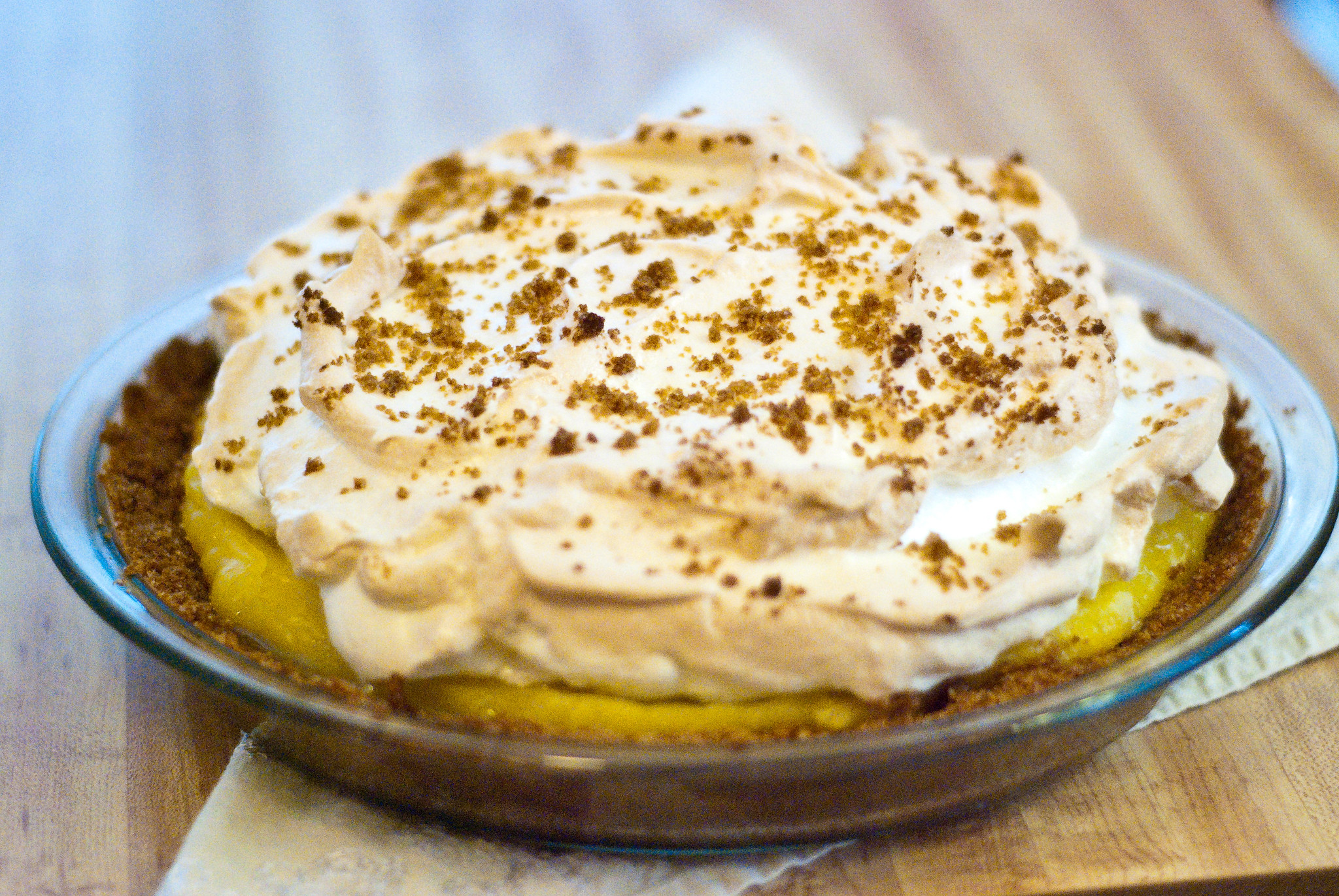What’s In A Name?
Some food names wear their deception on their sleeves—sure, buffalo wings hail from Buffalo, New York, not the shaggy beast roaming the plains. But plenty of everyday eats are pulling off quieter cons, slipping right under our radar with names that don’t match what’s actually on the plate.

Welsh Rarebit
When most people first see the words Welsh rarebit on a menu—myself included—you might think it’s some sort of weird British dish with unappetizing combinations of ingredients, like mincemeat pie. Instead, Welsh rarebit could actually satisfy the most picky of eaters: it’s basically cheese sauce on toast.
Hush Puppies
If you didn’t grow up in the American South, you might wonder why people are so excited about the brand of casual footwear with the basset hound logo. Well, in food terms, hush puppies are actually fried cornmeal-dough balls—and they’re absolutely delicious.
Ladyfingers
Despite their name, no ladies were harmed in their making. Ladyfingers are sweet, egg-based sponge cake biscuits—often used when making tiramisu.
Bubble & Squeak
Bubble & squeak is yet another British dish with an unappetizing name—they really have a way with that stuff, huh? It’s actually a mix of cooked potatoes and cabbage which is then fried, and it goes great with a big, greasy breakfast. It’s named for the sound the ingredients make in the frying pan.
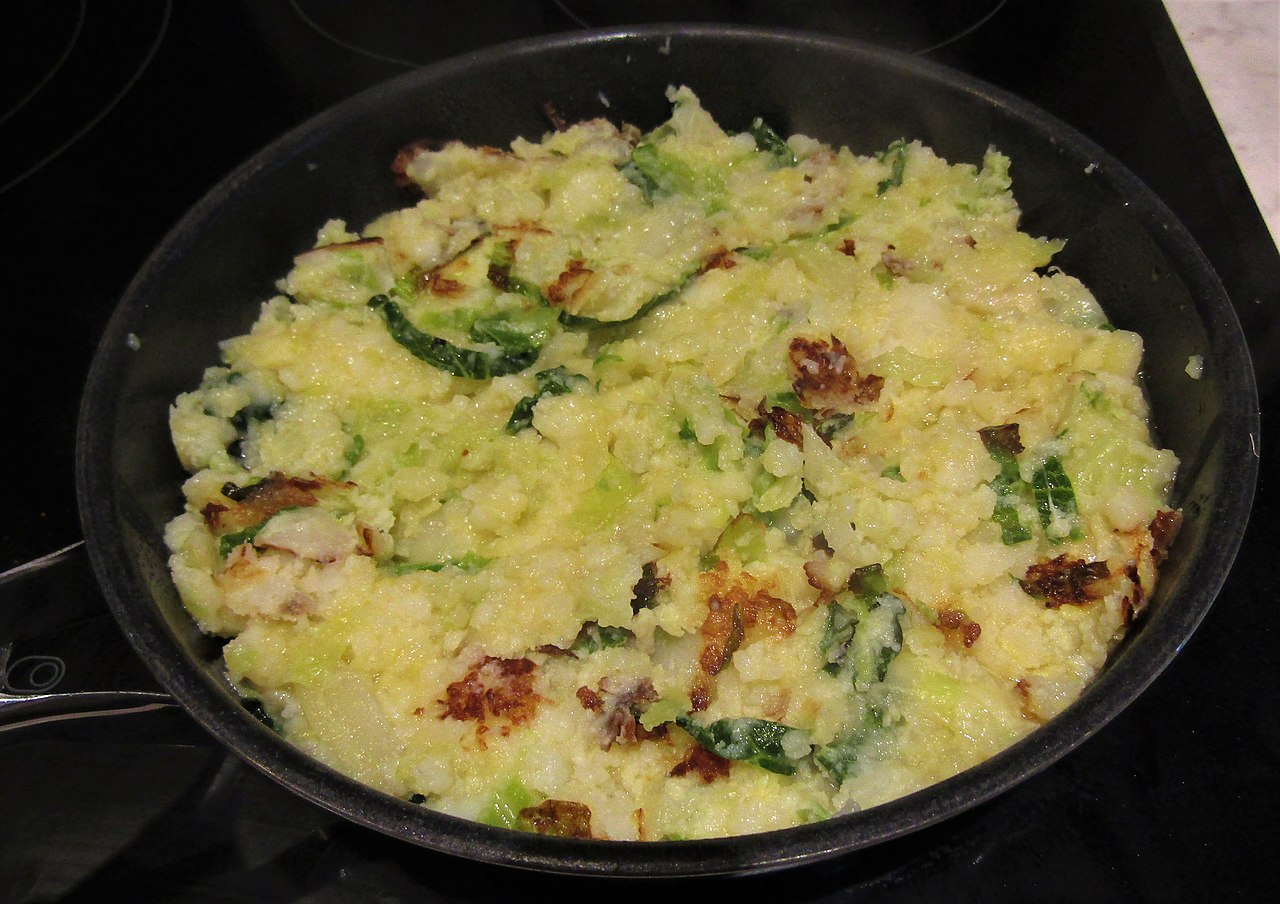 Kolforn, CC-BY-SA-4.0, Wikimedia Commons
Kolforn, CC-BY-SA-4.0, Wikimedia Commons
Dutch Baby
Hate to disappoint, but a Dutch Baby is neither Dutch nor baby-related. Probably for the best. This oven-puffed show-off is actually a German pancake made from a thin, watery batter that balloons dramatically under high heat. The whole “Dutch” thing came from someone mangling the word deutsch, and the “baby” part simply refers to the fact that it was meant to be a single serving—though good luck stopping at one.
Toad-In-The-Hole
The British have done it again. Toad-in-the-hole is a dish of sausages nestled in a Yorkshire-pudding batter, which puffs up in the oven. The sausages kind of look like toads poking their heads out of the ground…keyword: kind of.
Headcheese
Unfortunately, only one part of this compound word is true to what the food itself contains…and it’s the word “head”. Headcheese is a combination of meat and gelatin from a hog’s head that has been cooked slowly until it falls off the bone. It is then compressed into a block and sliced.
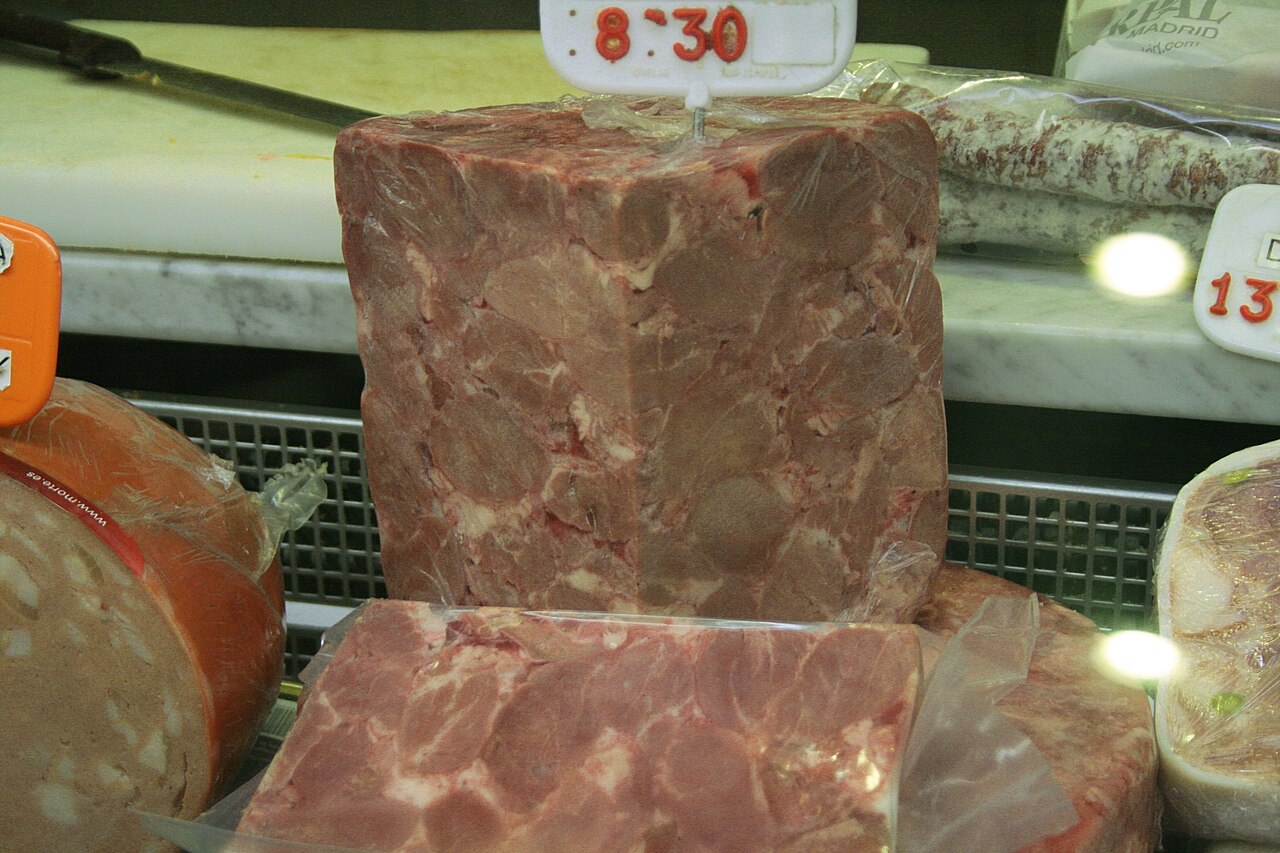 Tamorlan, CC-BY-SA-3.0, Wikimedia Commons
Tamorlan, CC-BY-SA-3.0, Wikimedia Commons
Sweetbreads
Even MORE unfortunately than headcheese, sweetbreads are neither sweet nor are they made out of bread. Sweetbreads are the thymus and pancreas glands of calves or lambs.
Dumplings
Before you get mad—don’t worry, I’m not going to ruin dumplings for you. There’s nothing untoward here. It’s just that so many cultures have dumplings, that few people recognize the multitude and multiplicity of dumplings out there.
From Asian meat-and-leek filled dumplings to American chicken and dumplings to Eastern European versions like pierogi, what you call a dumpling may be completely different from what the person next to you calls a dumpling.
Monkey Bread
Who let a monkey near the pastry? Sadly, there’s no grand origin tale behind monkey bread’s name—just the fact that it’s ridiculously fun to pull apart and eat. It’s made by rolling little dough balls in cinnamon and sugar, packing them into a pan, and baking them into one big, sticky, irresistible heap.
Pigs In A Blanket
Where would your annual Super Bowl party be without them? The pigs part is straightforward—the mini sausages or hot dogs presumably being pork. The blanket comes from the layer of dough that you wrap them up in.
Pumpernickel
Not only is the word fun to say, the bread is delicious—but where the name comes from is something of a mystery. One perhaps apocryphal tale has to do with a potential side effect of eating pumpernickel: flatulence. In German, pumpern means “to break wind,” and nickel is a kind of mischievous imp.
Jerusalem Artichokes
Nope, they’re not an artichoke. Nope, they’re not from Jerusalem. Also known as a sunchoke, they’re a root vegetable from North America with another funny nickname: earth apple.
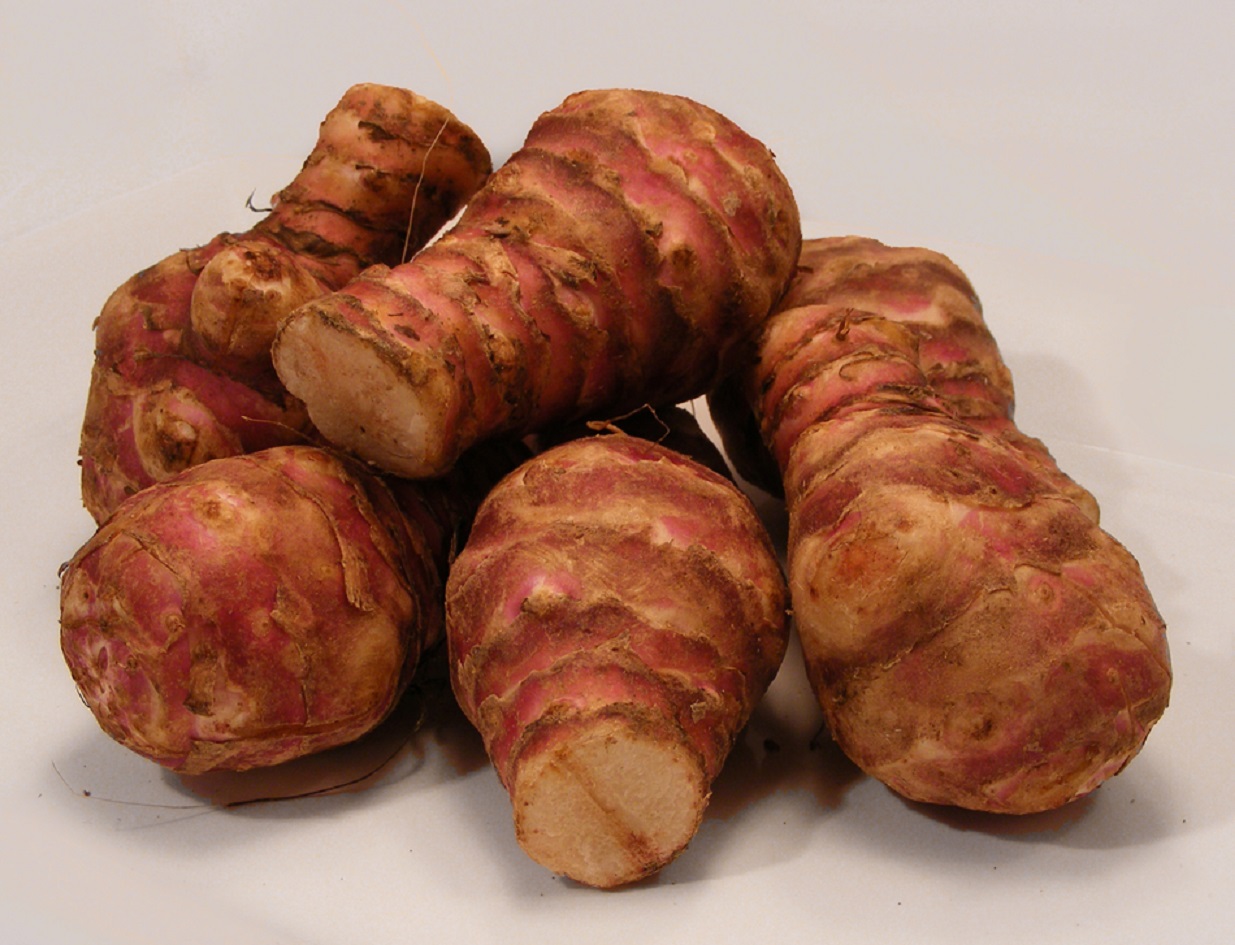 Robin, CC-BY-SA-2.0, Wikimedia Commons
Robin, CC-BY-SA-2.0, Wikimedia Commons
Spotted Dick
No, you didn’t accidentally click on a link to a page about STIs. Spotted dick is a British (surprise, surprise) steamed pudding made from hardened meat fat and dried fruit.
Whoopie Pie
Every Saturday, my grandma used to make whoopie…pies. Depending on who you ask, a whoopie pie qualifies as a cookie, a pie, a sandwich, or a cake—truly an identity crisis in dessert form. Labels aside, it’s really just a big, soft, cake-like cookie with a thick layer of sweet icing squished in the middle, and honestly, that’s all it needs to be.
Angels On Horseback
The image doesn’t quite live up to the evocative name—unless you’ve got a great imagination. They're hot hors d’oeuvres featuring oysters wrapped in bacon that is then grilled or broiled.
Devils On Horseback
Depending on where you grew up—or your tax bracket—you may be more familiar with devils on horseback. In this version, the oysters are replaced by dates, making this dish vegetarian…and, according to some, a lot more delicious.
Fuzzy Navel
It’s one of those “Once you see it…” things. The fuzzy navel is a drink made from peach schnapps and orange juice—get it yet? The fuzzy is the peach schnapps, and the navel is for navel oranges. Groan.
Brown Betty
No, not the Ram Jam song. A brown betty is a traditional American dessert made from baked fruit and sweetened crumbs, similar to a cobbler or crisp. Speaking of…
Blueberry Grunt
Grunt, slump, buckle, sonker, boot—no, that’s not the soundtrack of you flopping through the door after a long day. They’re all charmingly chaotic nicknames for old-school baked desserts, close cousins to the brown betty. Each one involves fruit buried under batter, biscuits, or dumplings (yep, another word on this list), and all of them are far tastier than they sound.
 Shirley F. Arnold, Shutterstock
Shirley F. Arnold, Shutterstock
Bangers And Mash
Here’s yet another British dish whose name only tells half the story. The mash is self-explanatory—as in mashed potatoes, but then there’s the bangers. In this dish, bangers means sausages. During WWI, they’d sometimes be made with so much water they’d pop during cooking—hence, the bang.
Fairy Bread
A whimsical name for a whimsical dish—though no mythical creatures were harmed in the making. It’s a dish from Australia and New Zealand featuring sliced white bread spread in bread or margarine and covered in colorful sprinkles.
Eton Mess
Finally, a British dish that doesn’t have meat in an unexpected place. Eton mess has its origins in the namesake school where William & Harry matriculated. Like a messier pavlova, It’s made from berries, meringue, and whipped cream.
Garbage Plate
File under “more appetizing than it sounds”. The garbage plate is a Rochester, NY speciality which originated at a restaurant called Nick Tahou Hots. It features a combination of home fries, macaroni salad, baked beans and French fries topped with meats of the customer's choice.
Scrapple
Another regional American specialty, scrapple is…well, a bit less tantalizing—no offense to any proud Pennsylvanians out there. It’s made by mixing pork scraps and trimmings with cornmeal or flour and a handful of seasonings, molding it into a loaf, then slicing and frying it. The result is far tastier than its résumé suggests, but the name doesn’t exactly help its case.
The Imam Fainted
Ever had a dish so good that you fainted from sheer pleasure? That’s the origin story of the name behind this Ottoman dish featuring eggplant stuffed with onion, garlic, and tomatoes, and simmered in olive oil.
Jerk Chicken
Jerk doesn’t just refer to someone you don’t like. Jerk is both the process of slow-cooking meats over smoky heat sources, and the spice blend used to season those meats, which includes allspice and Scotch bonnet peppers. The name likely comes from the Spanish term charqui, which is also the origin of the word jerky—as in beef.
Juicy Lucy
When it comes to burgers, I don’t joke around—and that’s why I have no funny comment to make about the Juicy Lucy, one of the finest versions of the humble cheeseburger. In a Juicy Lucy, the cheese is found inside the meat patty. Two competing bars in South Minneapolis have claimed to invent the dish. One says that it was a patron who gave the dish its name when he exclaimed “Oooh, that’s one juicy Lucy” after taking his first bite.
Pu Pu Platter
First popularized by Tiki bars and restaurants that were wildly popular in the mid-20th century, the pu pu platter is a tray of small appetizers, mostly Chinese-American in origin—things like coconut shrimp, mini egg rolls, and spare ribs. In the Hawaiian language, pū-pū denotes a relish, appetizer, canapé, or hors d'oeuvre.
Shoo-Fly Pie
Given how sugary it is, it’s no surprise the name stories all boil down to its sweet smell luring in every fly for miles. A classic Pennsylvania Dutch treat, shoo-fly pie is basically a molasses-heavy custard tucked into a pie shell and topped with buttery crumbs. It tastes way better than a name inspired by pest control would suggest.
Hoppin’ John
Who exactly is this John who’s hoppin’? Well, he might be a Chef Boyardee-type character—as in, he doesn’t exist. The dish is made from black-eyed peas and rice, and it’s possible that the name comes from a mispronunciation of the Haitian Creole word for pigeon peas, “pwa pijon”.
Rocky Mountain Oysters
Even if you’re squeamish about oysters, you might prefer the shellfish to Rocky Mountain Oysters—which are not oysters at all, but bull testicles.
Flapper Pie
Imagine a lemon meringue pie with a vanilla custard replacing the lemon layer, and you’ve got flapper pie. A dish from the Canadian prairies, the name is a matter of time and place—it became popular in the same era where flappers were all the rage. Now that’s good marketing!
BeaverTails
Not only are they not made from beavers, the name is actually a trademark! Beavertails are a Canadian treat featuring a stretched dough fried to golden brown perfection and covered in sweet toppings like sugar, cinnamon, and whipped cream.
 BeaverTails, CC-BY-SA-4.0, Wikimedia Commons
BeaverTails, CC-BY-SA-4.0, Wikimedia Commons
Bullet Soup
Even though it sounds like something a movie mobster growls right before things go south, bullet soup is actually a warm and welcoming Métis dish. Also known as Métis boulettes—basically meatballs—it’s a hearty meatball-and-potato soup traditionally served on New Year’s Day. The only thing dangerous about it is how fast it disappears.
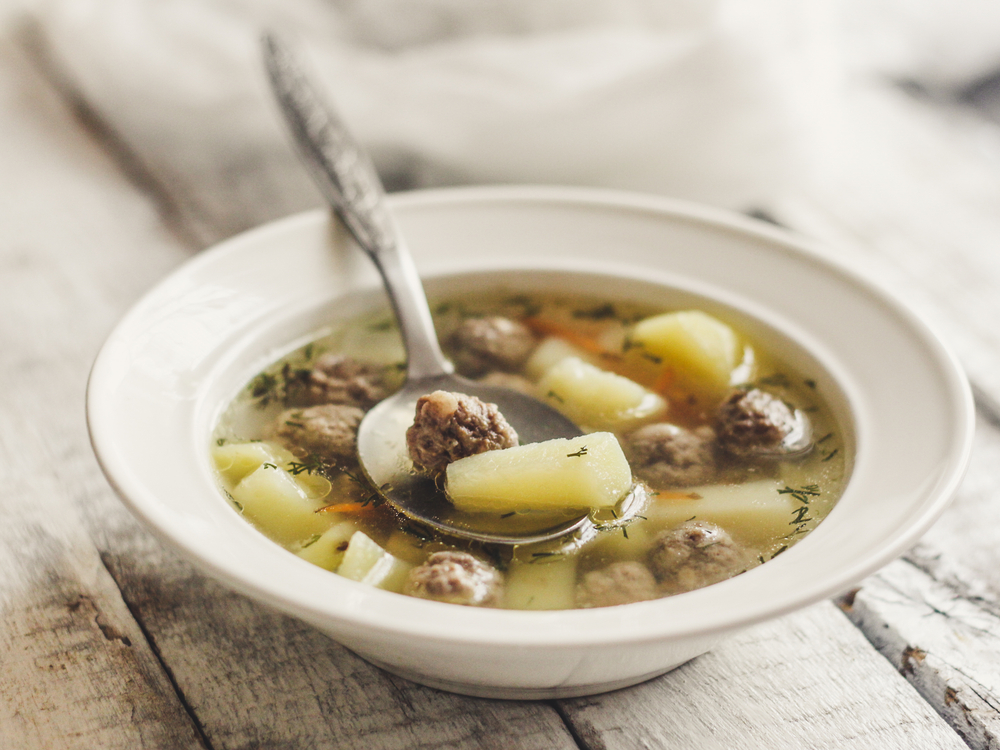 Alesia.Bierliezova, Shutterstock
Alesia.Bierliezova, Shutterstock
Fool
What did you just call me? The fool, or fruit fool, is a British dessert featuring pureed stewed fruit in custard or whipped cream. Though the exact name origins aren’t known, it might have come from the French verb fouler—to crush.
Mulligan Stew
Fore! This dish has little to do with golf, and instead goes back to the usage of the word Mulligan to mean an Irishman—making mulligan stew a variation on Irish stew, but featuring any and all ingredients available that can be scavenged, stolen, or found. For this reason, it’s also known as hobo stew, from the Depression era.

